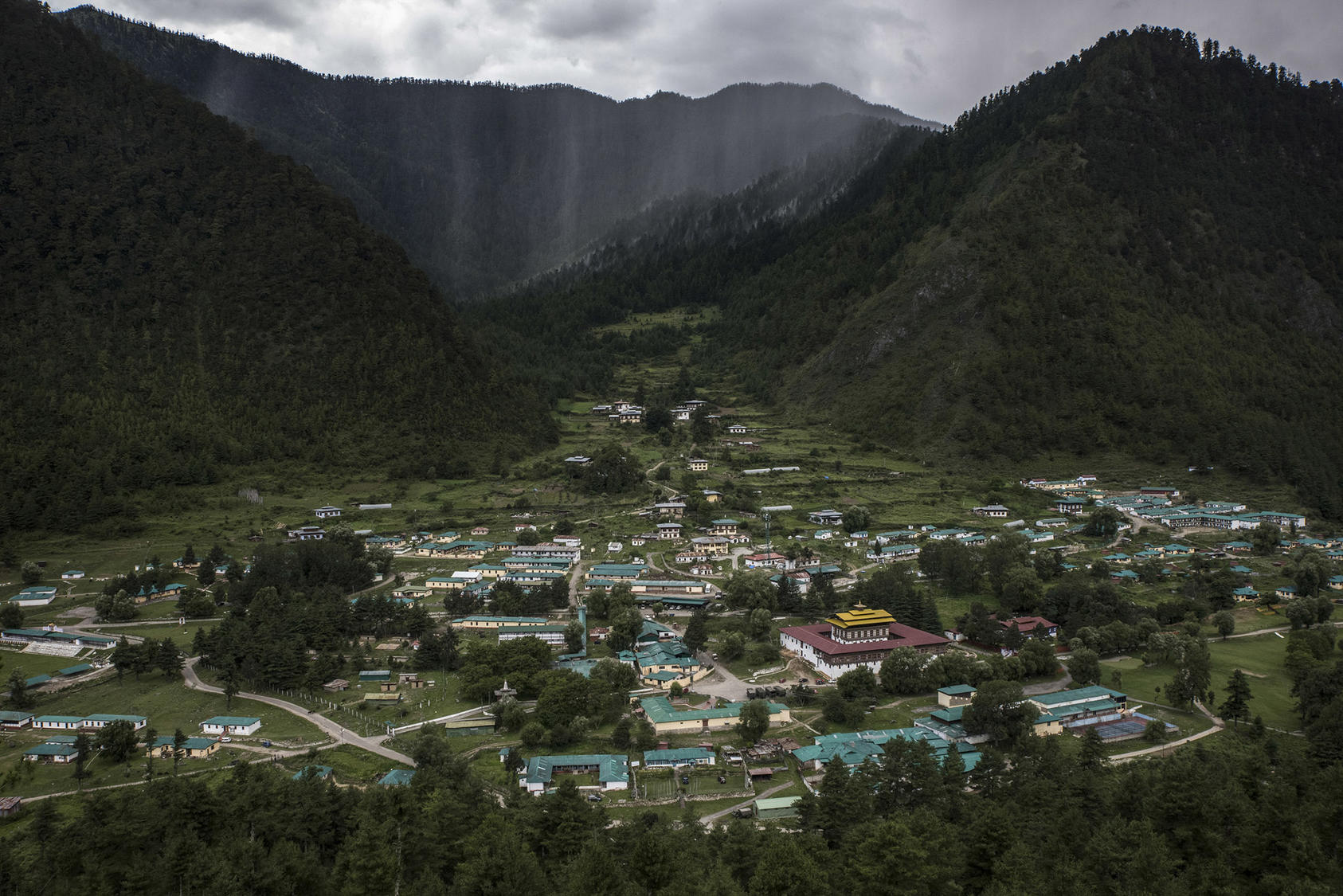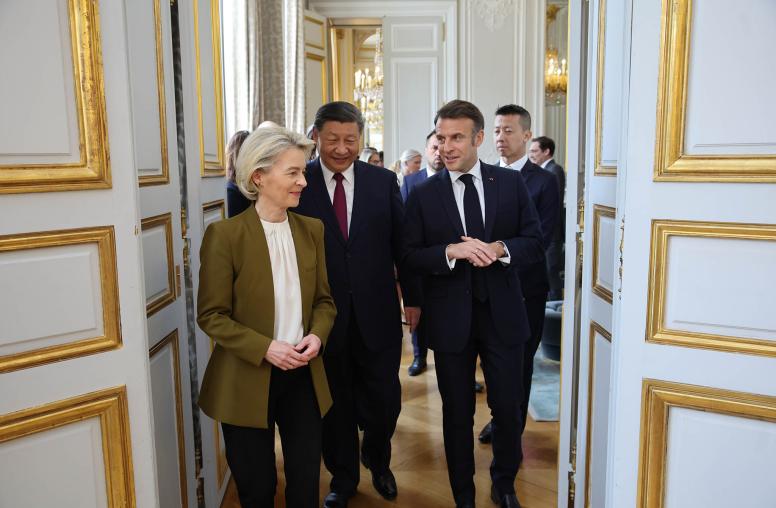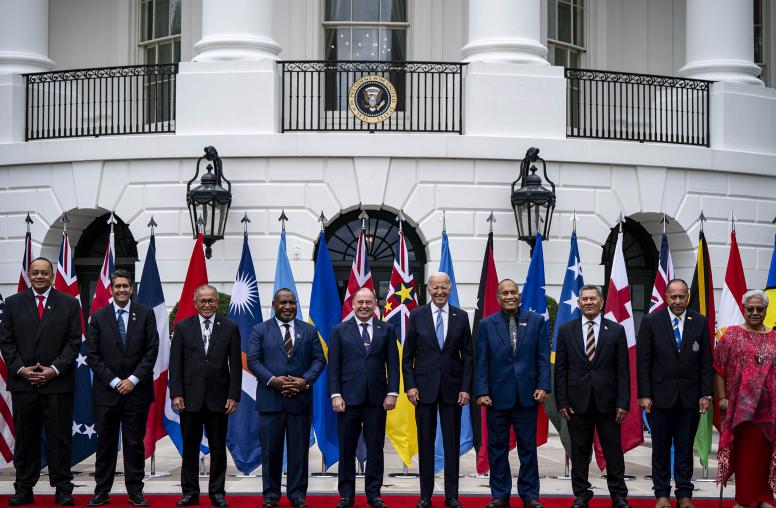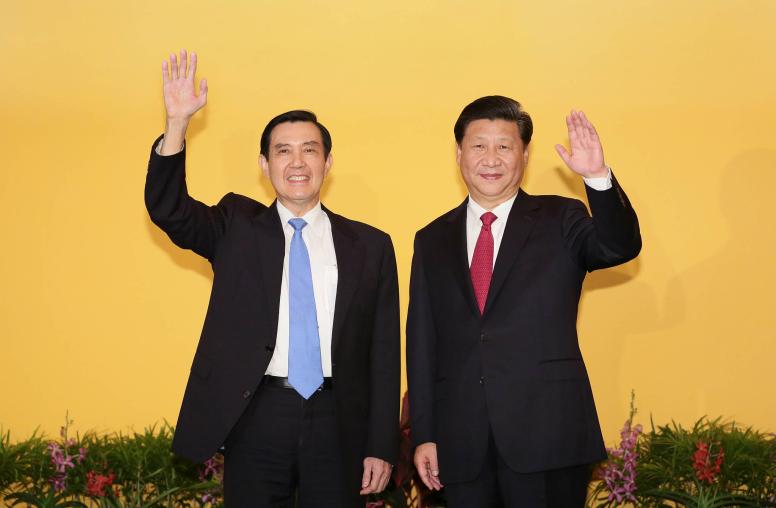India and China Come to Blows in the Himalayas
As Beijing flexes its muscles in the region, tensions escalate along the border between the two nuclear-armed neighbors.
In early May, a fistfight broke out between Chinese and Indian soldiers along the disputed border between the world’s two most populous, nuclear-armed nations. A few days later, Chinese soldiers confronted Indian soldiers at several other points along the Line of Actual Control (LAC), which has served as the de facto border between the two countries since the 1962 Sino-Indian war. Both countries have more recently ramped up their military presence in the region. This escalation of tensions comes as China has turned increasingly assertive in its neighborhood, and as the world grapples with the COVID-19 pandemic. USIP’s Vikram J. Singh, Jacob Stokes, and Tamanna Salikuddin look at the causes behind the flare-up and its potential consequences.

What sparked this recent troop buildup along the LAC?
Singh: The Chinese buildup seems to be in response to Indian infrastructure upgrades in the area. Both sides have been increasing deployments and improving infrastructure in disputed areas. But this also comes after China objected to India separating the Ladakh region from Jammu and Kashmir and making it a union territory last year. China believes India is moving to change the status quo to bolster its territorial claims, and has probably moved forces to deter Indian actions Beijing views as detrimental.
It is also notable that China is pushing boundaries in other areas—with regard to Hong Kong, Taiwan and the South China Sea, for example. It is possible that China is not just reacting to Indian roadbuilding but rather using the chaos of the COVID-19 pandemic to gain some ground in its immediate neighborhood, including in the Himalayas.
China and India have rejected a U.S. offer for mediation. Is there any role the United States can play? Are there other international actors that could act as neutral brokers to help de-escalate the situation?
Singh: Fears of escalation exist when any border dispute flares up. Global concern is not surprising given that India and China are both nuclear powers and they have a history of tensions, including a war in 1962. The good news is that senior Indian and Chinese officials have asserted that this standoff will be solved diplomatically. Also, China and India have robust diplomatic ties and channels for military-to-military communication and diplomatic engagement, specifically on these border issues. Military discussions have not yet led to a pullback, but may have helped de-escalate tactical dustups. (There have been several fistfights between Indian and Chinese soldiers.)
A way out will probably depend on diplomatic and political-level talks. The two sides meet regularly and have several agreements on how to manage disputes in this region. It is very hard to imagine either agreeing to any outside role.
This confrontation is taking place amid the backdrop of the COVID-19 pandemic. Why has this region become a priority for China and India as they both deal with the coronavirus crisis?
Stokes: As a general matter, both countries prioritize territorial issues highly. China ranks them among its “core interests.” Another way to approach the question is to ask, why is this crisis happening now? Reports differ about the exact series of events that sparked the current standoff on the Sino-Indian border. But we know the ongoing COVID-19 pandemic and resultant global economic downturn have weighed heavily on both China and India, even though China brought its outbreak mostly under control in the spring after the novel coronavirus emerged in the Chinese city of Wuhan late last year.
All governments feel pressure to deliver material benefits to their people. But it is an even bigger imperative for China’s government because it lacks the democratic legitimacy that comes from the voting booth. The leadership of the Communist Party of China has previously tried to stoke nationalist sentiment as an alternative source of popular support. In recent weeks, China has acted assertively not just toward India, but also Hong Kong, Taiwan, and in the East and South China Seas. Each area has its own unique circumstances, and the opacity of Chinese decision-making processes makes definitive analysis extremely difficult. But the timing of this crisis and the lack of a specific Indian provocation suggests that China perceives some benefit to stoking territorial disputes right now.
What is the risk of escalation to more overt, violent conflict?
Singh: Any fight between forces now staring at each other across the disputed LAC or incident between patrol boats on Pangong Lake could lead to escalation. Both sides seem clear about wanting to avoid such a scenario, but at the same time, they seem to be hardening their positions on the ground. This will be a tinderbox, but it is likely to stay controlled unless something changes in New Delhi or Beijing to make a higher level of conflict seem worthwhile. Right now it is hard to see how either government would benefit from escalation. They will try to avoid it, but that is never an airtight guarantee.
How is this escalation connected to the broader regional conflict?
Salikuddin: India and China have territorial disputes in several locations along their border, but it is notable that the current border dustup is in Aksai Chin, which is claimed as part of Ladakh by India and Xinjiang by China. Ladakh was historically part of the princely state of Jammu and Kashmir, and until 2019 was part of the erstwhile Indian state of Jammu and Kashmir. The current union territory of Ladakh is predominantly Buddhist, but has a sizable Muslim minority in Kargil, where India and Pakistan famously fought a war in 1999 at heights as high as 18,000 feet. Similarly, the current Sino-Indian standoff is at extremely high altitudes and in sparsely populated areas. Since August 2019, when the Indian government moved to revoke the semi-autonomous status and statehood of Jammu and Kashmir, both Pakistan and China have expressed their objections to India’s restructuring of the state.
The current Sino-Indian tensions take place alongside continued violations of the cease-fire agreement between India and Pakistan along the Line of Control (LoC), with both countries exchanging regular shelling.
Pakistan has, predictably, taken the side of its ally China, with Pakistani Foreign Minister Shah Mahmood Qureshi calling Indian construction in Ladakh “illegal” and Pakistani Prime Minister Imran Khan tweeting that India was becoming a threat to its neighbors, including Nepal and China.
The border tensions take place against the backdrop of continued lockdown in Jammu and Kashmir, now due to the COVID-19 crisis, and renewed grievances against New Delhi due to the newly introduced domicile laws that local political leaders say are aimed at changing the demographics of the region.



